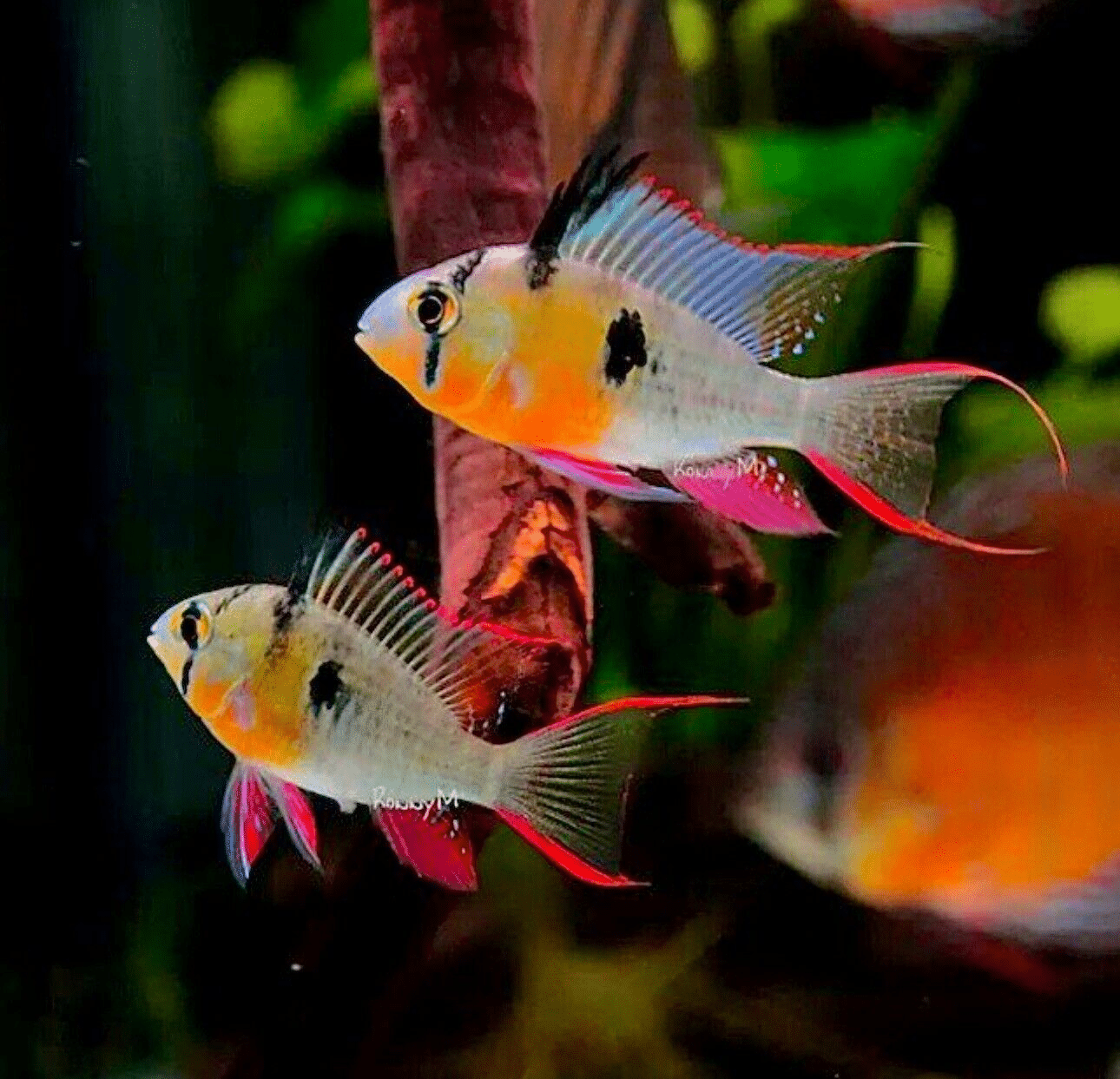To provide the best experiences, we use technologies like cookies to store and/or access device information. Consenting to these technologies will allow us to process data such as browsing behaviour or unique IDs on this site. Not consenting or withdrawing consent, may adversely affect certain features and functions.
The technical storage or access is strictly necessary for the legitimate purpose of enabling the use of a specific service explicitly requested by the subscriber or user, or for the sole purpose of carrying out the transmission of a communication over an electronic communications network.
The technical storage or access is necessary for the legitimate purpose of storing preferences that are not requested by the subscriber or user.
The technical storage or access that is used exclusively for statistical purposes.
The technical storage or access that is used exclusively for anonymous statistical purposes. Without a subpoena, voluntary compliance on the part of your Internet Service Provider, or additional records from a third party, information stored or retrieved for this purpose alone cannot usually be used to identify you.
The technical storage or access is required to create user profiles to send advertising, or to track the user on a website or across several websites for similar marketing purposes.
















Emily Carter (verified owner) –
I recently pre-ordered a pair of Papiliochromis Altispinosa Butterfly Dwarf Cichlids, and I can honestly say they have brought my aquarium to life! These tropical fish are not only stunning with their vibrant colors and elegant fins, but their personalities are equally captivating. After just a week in my 30-gallon tank, they have settled in beautifully, exploring every corner and even engaging with my other fish. I’ve been providing them with high-quality cichlid food, which they devour happily, ensuring they stay healthy and vibrant. Compared to other dwarf cichlids I’ve kept, I find these to be more interactive and less shy, which adds a wonderful dynamic to my setup. The purchase process was smooth, and they arrived well-packaged and healthy. If you’re looking for a lively addition to your aquarium, I highly recommend this pair. They are perfect for both beginner and experienced aquarists who want to enjoy the beauty and charm of cichlids. Just a tip: make sure to provide them with plenty of hiding spots; they love to explore but also appreciate a cozy nook to retreat to when they need some downtime!